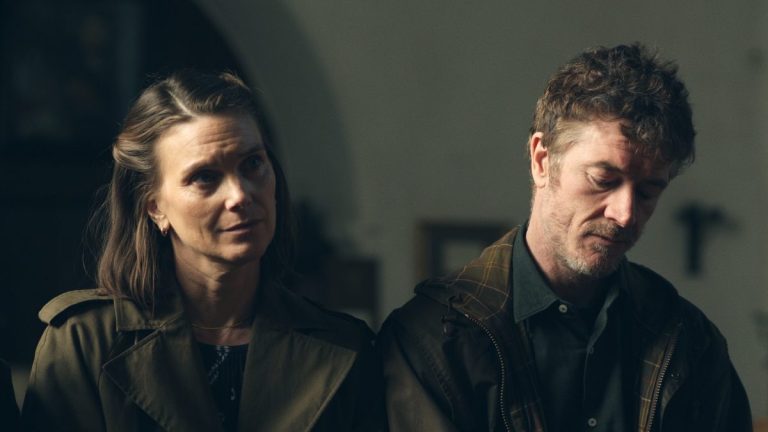Within the context of film discourse, the quote ‘every frame a painting’ is a figurative saying that refers to the fact that a movie is stunningly photographed to the point that each still image in isolation could stand as an artwork in and of itself. However, in the breathtaking work of Polish directors, DK and Hugh Welchman, this takes a more literal meaning, as every frame of their films is indeed an oil painting handcrafted by a crew of around a hundred artists.
The Welchmans first used this arduous but incredibly rewarding animation technique in their previous film, the Oscar-nominated “Loving Vincent” (2017), which paid tribute to van Gogh by emulating his own brushwork, with the added difference of movement. Moreover, the color palette used for the film also resembled that found in the work of the late artist—different tonalities of blues, yellows, and greens. This time around, the filmmakers have more freedom to experiment with the image, resulting in an utterly captivating feature whose visual beauty is heavily contrasted by the dark story it tells.
An adaptation of the Nobel Prize-winning novel written by Władysław Reymont between 1904 and 1909, “The Peasants” (2023) takes place in a Polish village in the late 19th century and follows the tragic story of a young girl as told in four chapters—autumn, winter, spring and summer—that chronicle her coming-of-age from soft-spoken ingénue to deeply abused woman over the course of a year, as marked by the changing seasons.
Similar to the long-gestating creation of the text it is based on, the making of the film also suffered multiple delays, in this case, due to the Russian invasion of Ukraine, which caused one of the animation studios working on the film to shut down indefinitely, with many of the male painters forced to serve in the military, abandoning the film production altogether. The end result is therefore not just an artistic achievement, but also of the spirit—unbroken and optimistic, just like that of the story’s protagonist by the end of harrowing experience at the hands of her community.
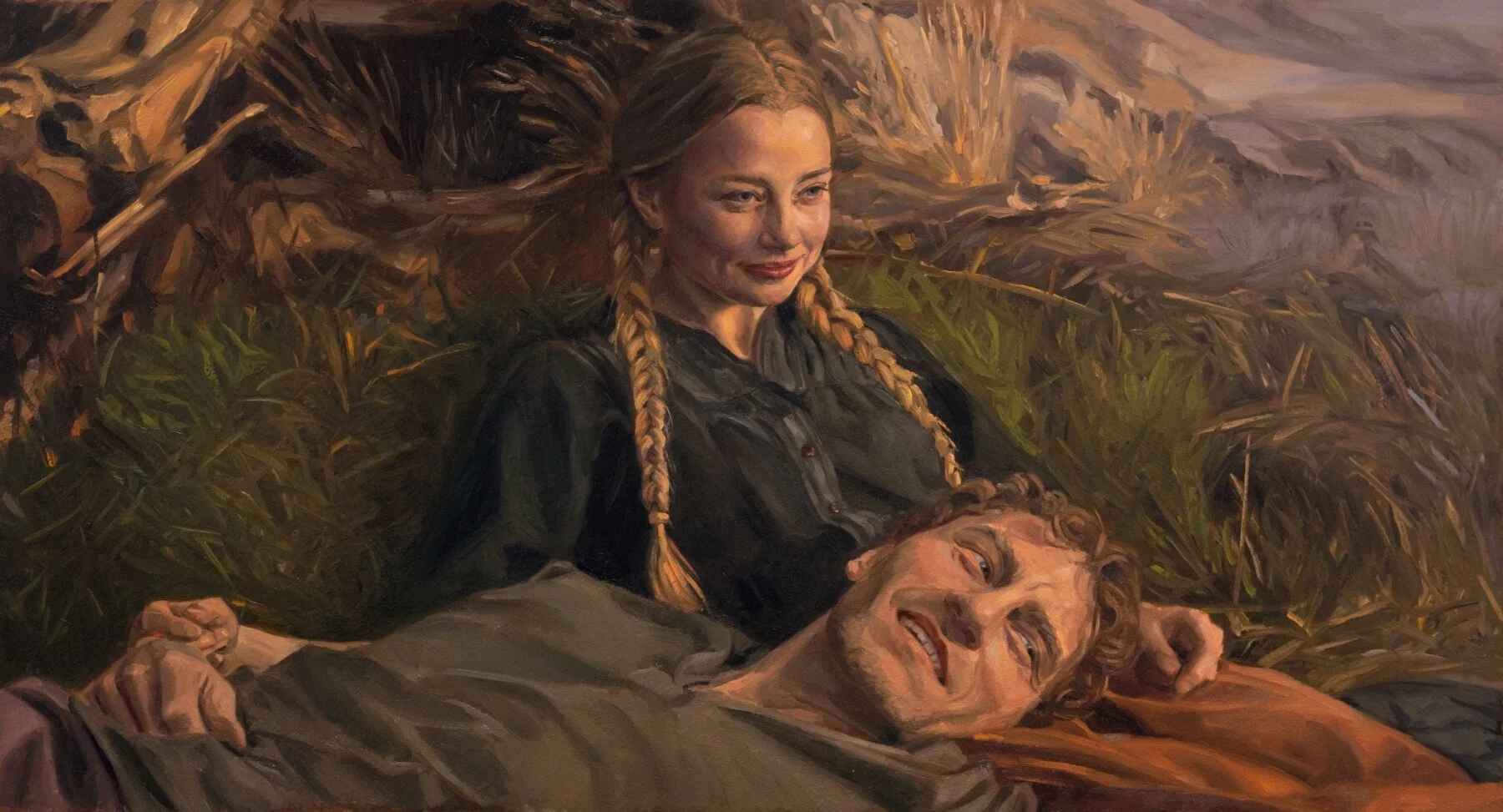
The story begins with warm hues indicative of the autumnal period, featuring the time-lapse of a dandelion in its evolution process, first blossoming and then slowly decaying—this visual approach will be used to mark the division of each chapter, à la “Breaking the Waves” (1997), where different impressionistically filmed, wide panoramas showcase the immaculate environment the characters inhabit. Nature in film is often used as a mere backdrop without much significance. However, there are times in which it takes the forefront, becoming another character in the story.
This is such a case where the setting’s conditions directly comment on the plot. In Damien Chazelle´s technicolor musical “La La Land” (2016) and Michel Gondry’s transfixing sci-fi “Eternal Sunshine of the Spotless Mind” (2004), the seasons worked as visual motifs symbolic of the progression of the respective romantic plot-lines. Whereas in the marvelous documentary “Voices Through Time” by Franco Piavoli, the time of the year represents the natural cycle of life, chronicling it from birth (spring) to death (winter). However, “The Peasants” shares more resemblance to Mike Leigh’s shattering “Another Year” (2010) in which the weather conditions serve as a proxy for the characters’ emotional states.
Jagna (Kamila Urzedowska) is a girl with otherworldly beauty yet to enter womanhood. But unbeknownst to her, her greatest virtue is also a terrible curse. In Greek Mythology, as narrated by Roman poet Ovid in “Metamorphoses,” Medusa was a young woman whose radiant beauty gained her the admiration of many suitors while simultaneously triggering jealousy. All women wanted to be her and all men wanted to be with her. This is true for Jagna, as her grace is the cause of friction between the neighboring villagers—the lustful men fighting amongst them for her possession, while the women endlessly gossip about her indecency, referring to her as a sex worker to put it nicely.
Emma Stone´s sassy teenager Olive Penderghast from “Easy A” (2009) was able to find humor in the false rumors about her promiscuity. However, this is no modernization of the literary classic, therefore remaining closer to the essence of Hester Prynne—the demonized woman damned by a puritanical society in Nathaniel Hawthorne’s The Scarlet Letter. If Medusa’s penitence turned into stone anyone who laid eyes on her, Jagna too would suffer consequences for attracting men. Except the deadly snakes aren’t her hair, but the highly venomous villagers will grow to absolutely despise her.
To make matters worse, Jagna is madly in love with a married man, Antek (Robert Gulaczyk), a volatile but seemingly tender farmhand who openly defends her from the callous comments that swirl the town. But their already ill-fated romance becomes more doomed the moment her mother sets her to marry the much older main landowner of the village, who happens to be none other than Antek’s recently-widowed father, Maciej (Mirosław Baka), in exchange for six of the best acres.
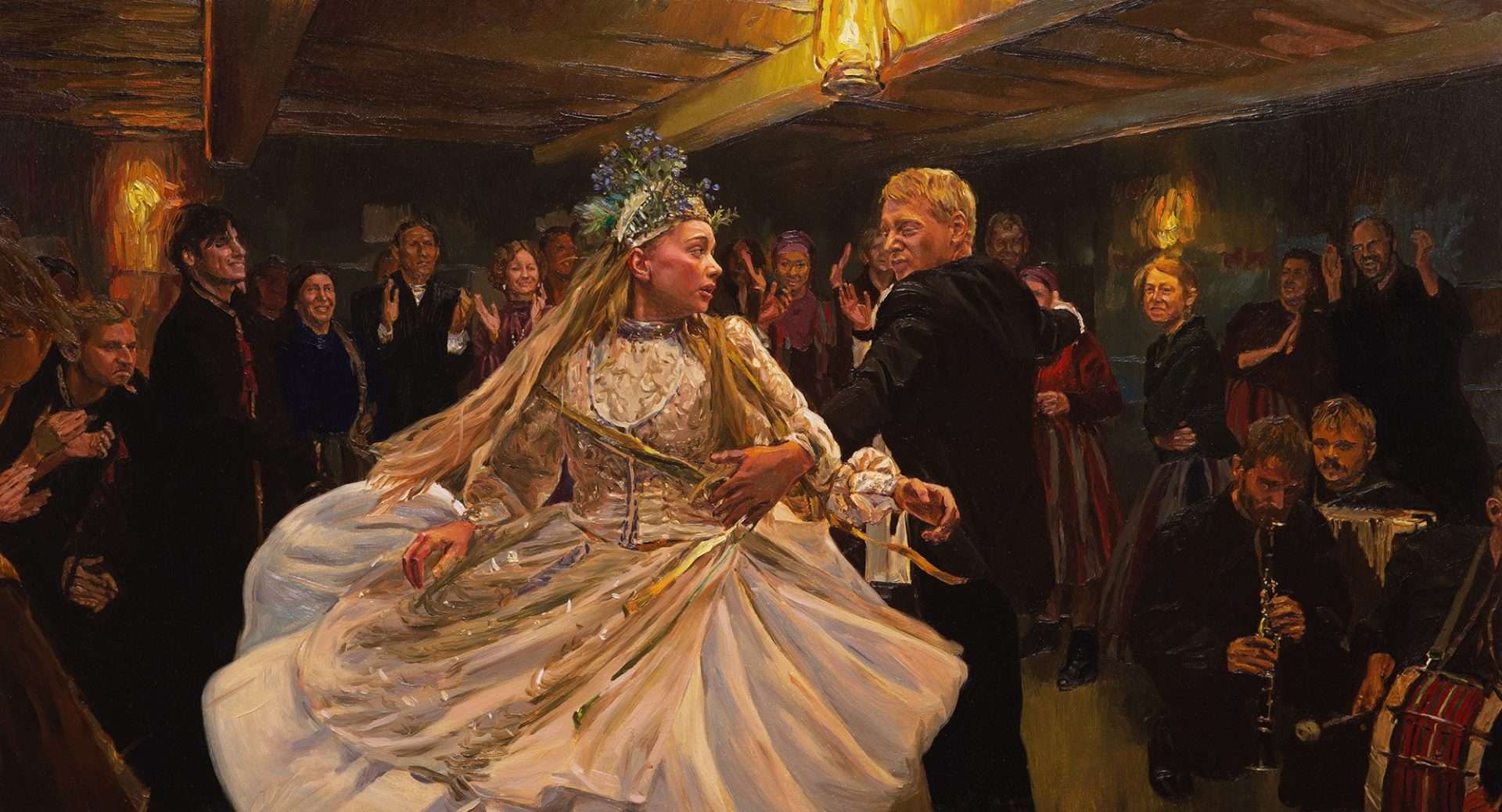
Impotent to the rigid traditions that shape her culture, Jagna has no other option than to reluctantly accept her fate and become the main lady of the town, much to the dismay of every villager, and of her wedded beau in particular—a fallout between the two, father and son, is imminent. Like the tragic heroine at the center of Zhang Yimou´s ravishingly violent masterwork, “Raise the Red Lantern” (1991), Jagna becomes the helpless target of vicious hatred driven by personal greed as she inherits the promised land despite her visible apathy for her unwanted marriage.
While period-specific, the behavioral patterns displayed by the patriarchal society transcend time and space, serving as a microcosm of humanity everywhere, anytime. This comes as no surprise, given that the text itself is regarded as essential literature for it informs us about our great capacity for evil in the name of goodness. The film also offers a vivid look into pastoral life, steeped in the folklore of the culture at the center of the story—the gorgeous songs specifically, which remind me of the sounds in “Cold War” (2018), another tragic love story about a woman with little to no power over the external forces that shape her life.
Notwithstanding, like all book-to-screen adaptations, “The Peasants” loses a lot of its thematic and narrative complexities, only covering the major plot points in its two-hour runtime. And as gorgeous as it is, the animation technique is like the beauty of its protagonist, often causing more damage than good since it comes across as more of a stylistic trademark of the directors rather than a choice in service of the harrowing story it is telling.
Despite the story being labeled as progressive upon publication, the resolution can come across as outdated by today’s standards. After suffering all kinds of abuse imaginable—sexual, emotional, psychological, and physical—at the hands of all people alike, Jagna is denied the retribution or vindication that we have come to expect in these types of stories. No gangsters come to her rescue and burn down the place as in “Dogville” (2003). Nor does she collect the heads of her countless abusers as it occurs in “Revenge” (2017). The grim reality of her epoch is that feminism wasn’t even a fantasy, let alone a reality. She is all alone against the cruel world that adores her until it doesn’t anymore.


![Head-On [2004]: About Broken Relationships & Emancipation of Masculinity](https://79468c92.delivery.rocketcdn.me/wp-content/uploads/2022/03/Head-on-2004-768x432.jpg)
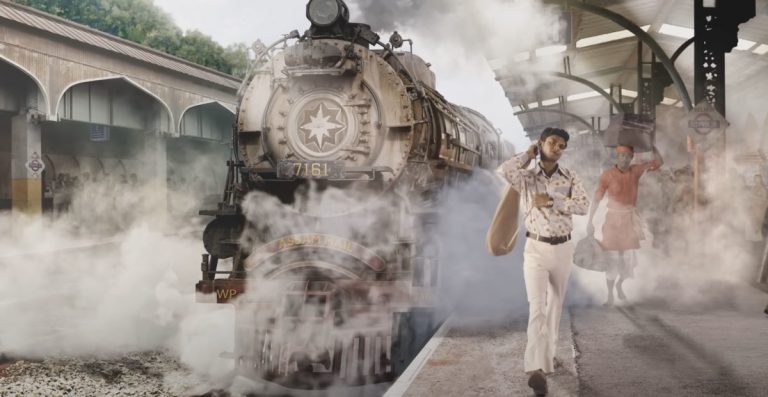
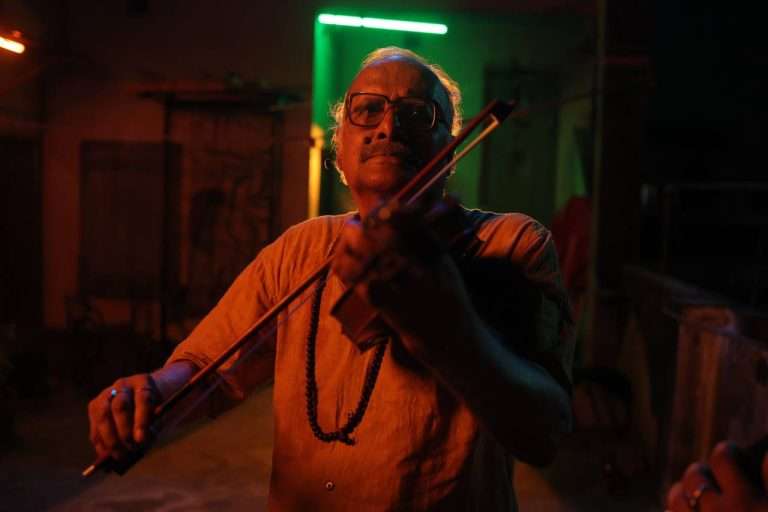
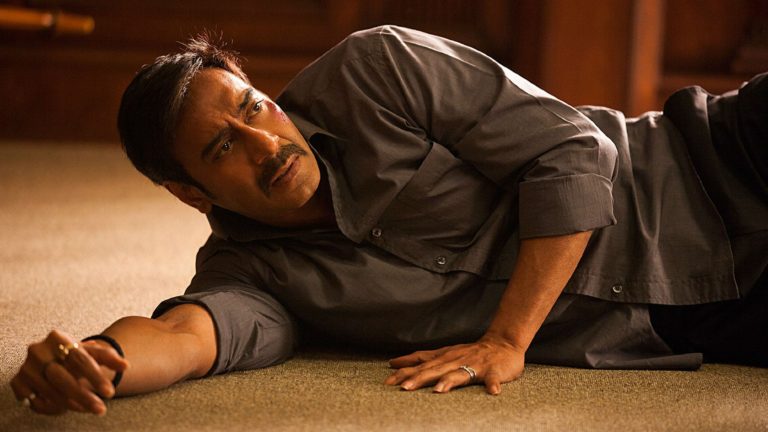
![Maria Netflix [2019] Review – Another soulless fillipino action film](https://79468c92.delivery.rocketcdn.me/wp-content/uploads/2019/06/Maria-Netflix-768x321.jpg)
